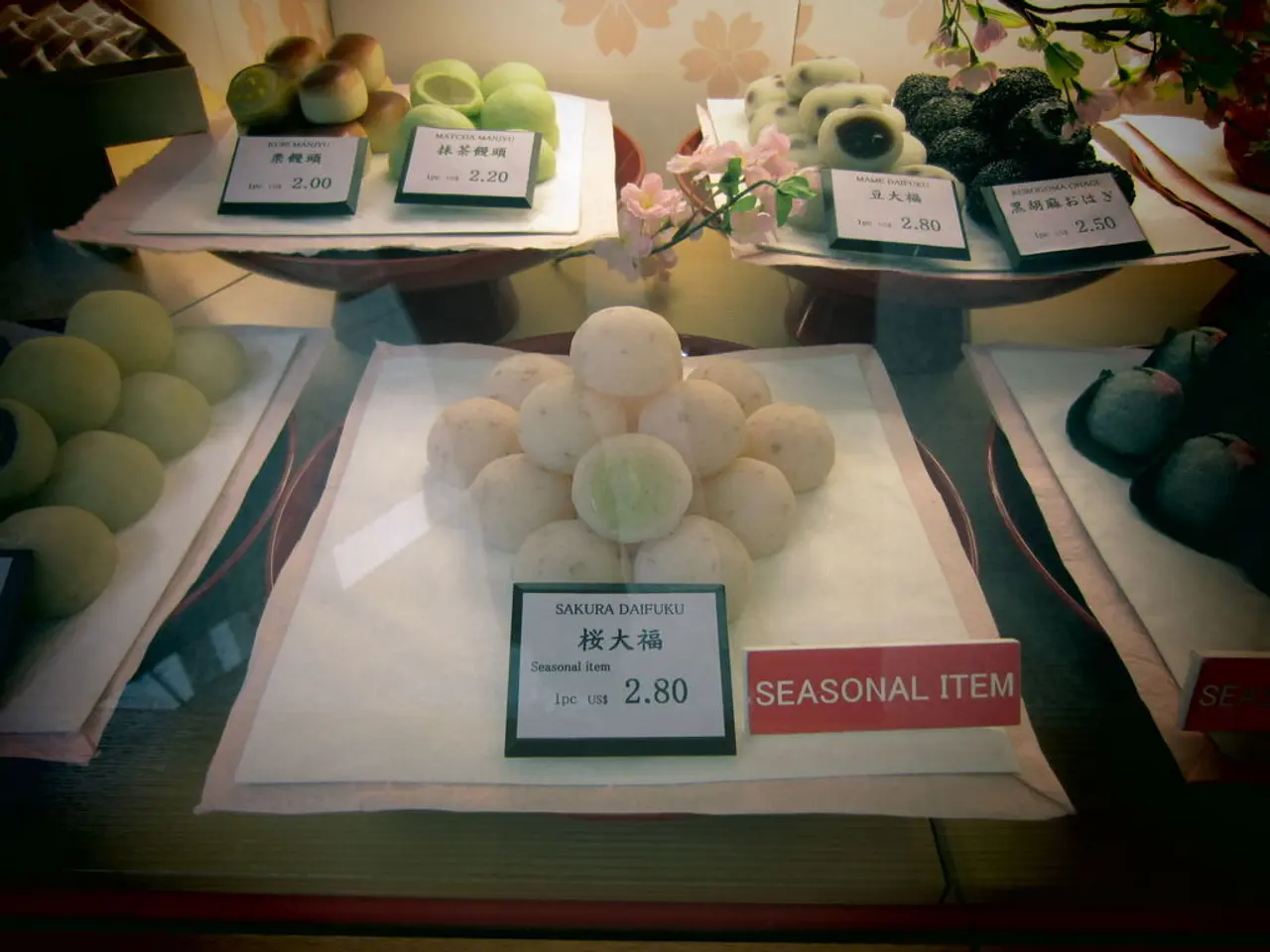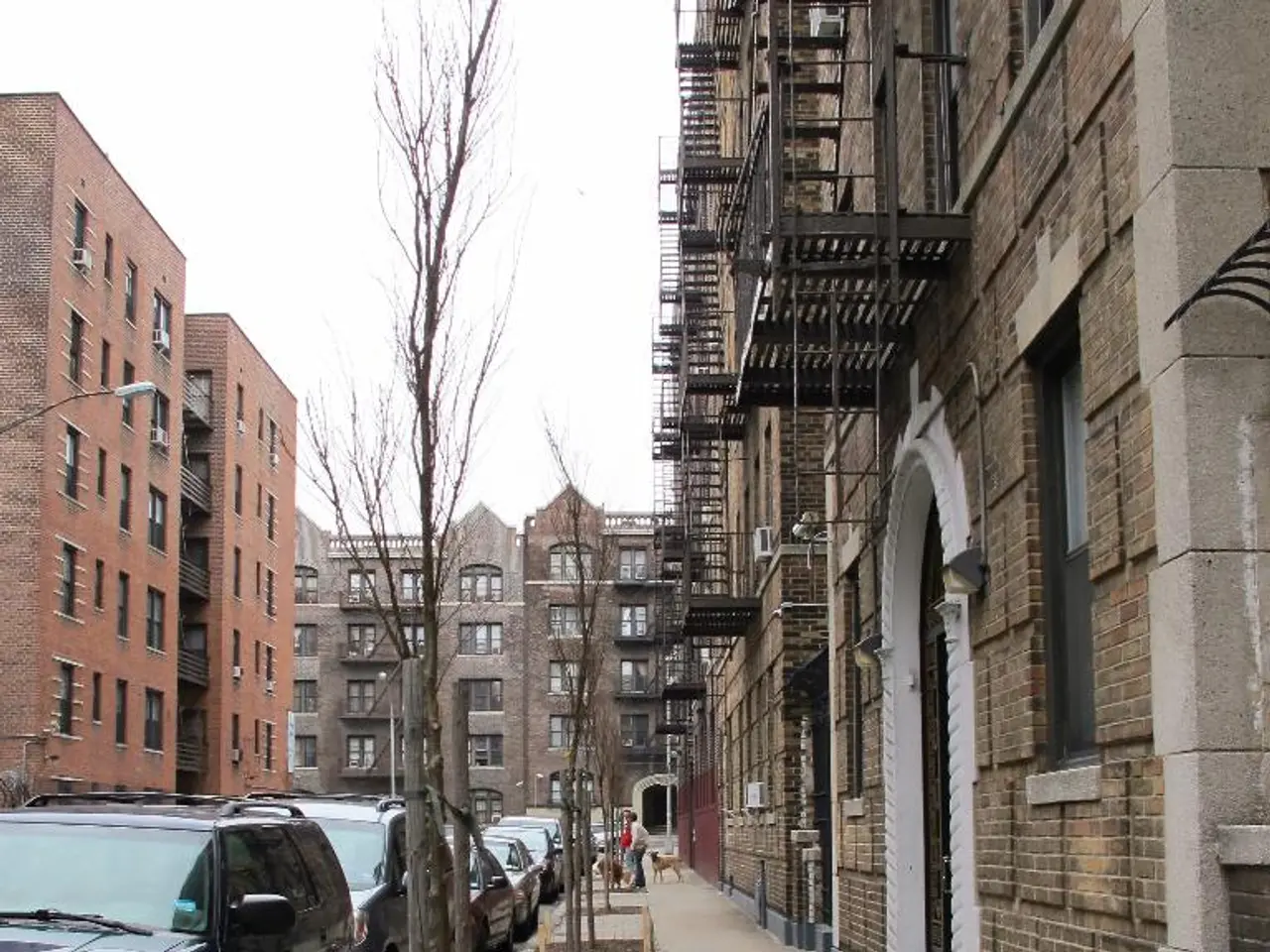What price are you willing to pay for your convenience?
In the realm of everyday consumer goods, disposable paper cups appear to be a simple and cost-effective solution for businesses and individuals alike. However, a closer look reveals a complex web of hidden costs and environmental impacts that significantly affect ecosystems and waste management.
One of the primary challenges with disposable paper cups is their mixed materials. While the outer casing may be made of paper, the inner lining is often composed of polyethylene, a type of plastic, to make them waterproof. This lining makes them difficult to recycle because it must be separated from the paper, leading to improper disposal or incineration, which can release harmful toxins into the environment.
The vast majority of paper cups do not get recycled and end up in landfills. There, their plastic lining prevents natural decomposition, contributing to long-term waste accumulation and pollution. The environmental cost of harvesting trees and the energy required to produce and transport single-use cups is substantial but typically not reflected in their purchase price.
There are also indirect economic impacts, such as increased waste management costs for municipalities and potential business impacts due to mandatory charges or regulations on single-use cups. Such policies may be perceived as additional taxes or operational burdens.
To mitigate these hidden costs and impacts, the best options are to use biodegradable cups designed for easier decomposition or shift towards reusable cups, which avoid the high environmental footprint of single-use disposables. Optimized logistics can also help reduce transportation costs and emissions related to disposable paper cups.
In conclusion, although disposable paper cups may seem convenient and affordable upfront, their true environmental cost includes hard-to-recycle plastic linings, landfill accumulation, toxin emissions, and resource depletion, coupled with social and economic externalities often overlooked in the sticker price. Businesses and consumers alike are encouraged to consider these factors when making choices about disposable paper cups.
What about the environmental impact of disposable paper cups in the realm of science, particularly environmental-science? In finance and business, the hidden costs of these cups, such as inappropriate disposal, increased waste management costs, and resource depletion, often go unnoticed and unaccounted for, leading to unnecessary expenses in the long run.




